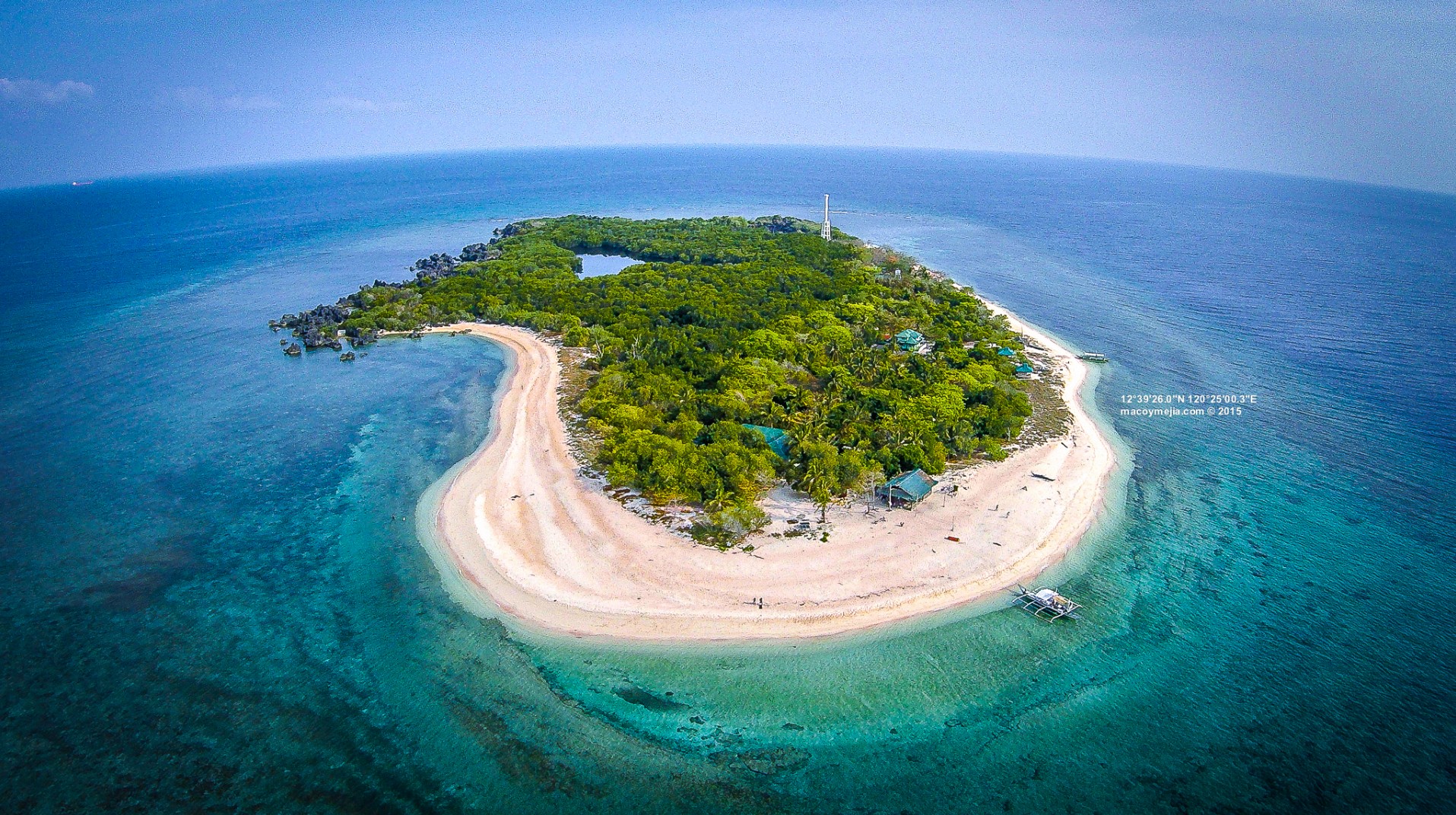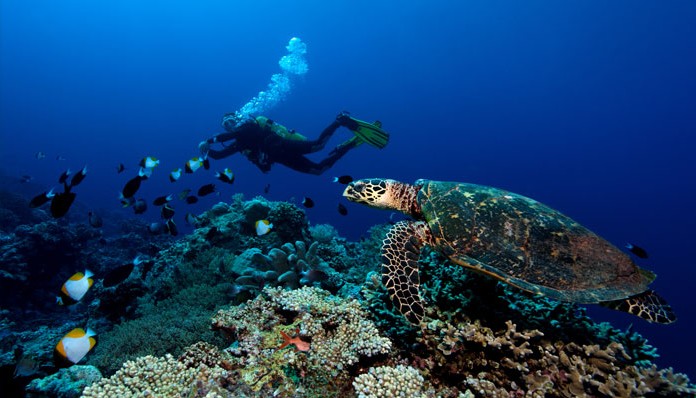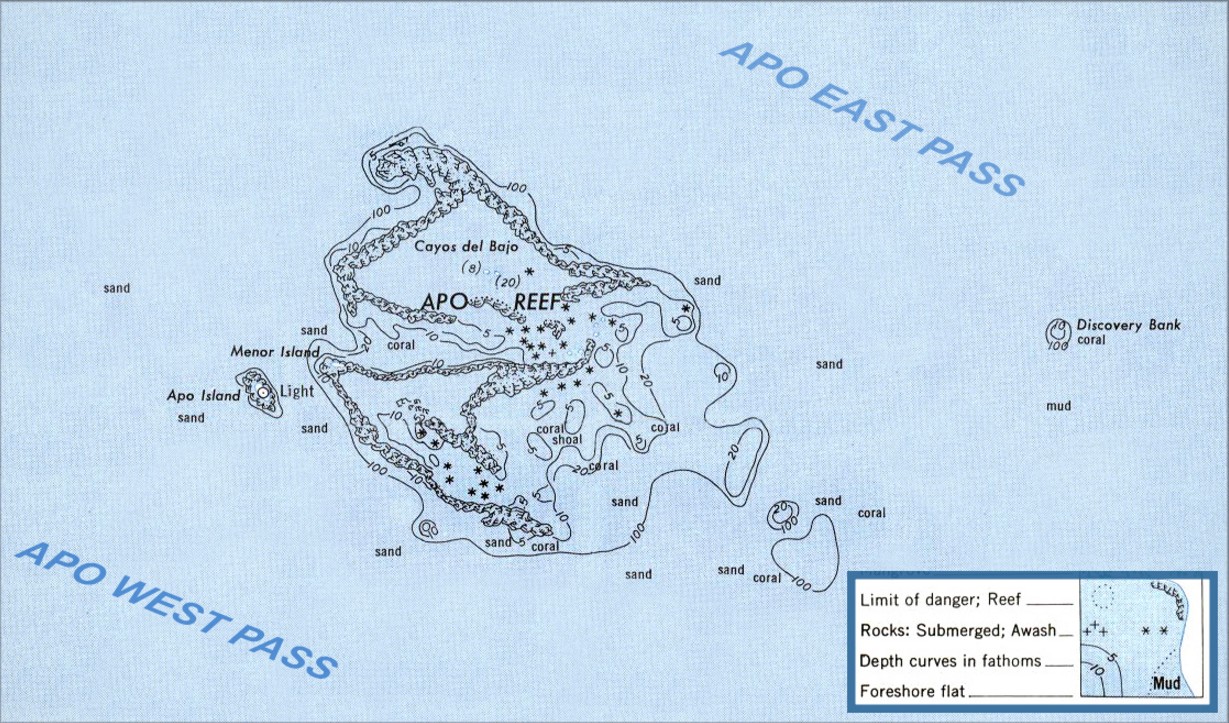
Apo Reef is a coral reef system in the Philippines situated on the western waters of Occidental Mindoro province in the Mindoro Strait. Encompassing 34 square kilometres (13 sq mi), it is the world’s second-largest contiguous coral reef system and the largest in the country.The reef and its surrounding waters are protected areas in the country administered as the Apo Reef Natural Park (ARNP). It is one of the best known and most popular dive sites in the country.

Apo Reef can be found around 15 nautical miles (28 km; 17 mi) west of the nearest coast of the Philippine island of Mindoro. It is separated from main island by the Apo East Pass of the Mindoro Strait. Politically, the reef lies within the jurisdiction of the Province of Occidental Mindoro in Region IV-B of the Philippines and more accurately of the Municipality of Sablayan. Tourism activities are administered by local government of Sablayan and the local office of the Department of Environment and Natural Resources (DENR).

Apo Reef is roughly a triangular coral atoll formation approximately 26 kilometres (16 mi) from the north to the south tip, and 20 kilometres (12 mi) from east to west. It is separated by two lagoon systems, the north and south lagoons which are bounded by narrow reef platforms. It is a 34 square kilometres (13 sq mi) almost triangular northern and southern atoll-like reefs separated by a deep channel that is open to the west. The channel runs east to west from 1.8 to 30 metres (5 ft 11 in to 98 ft 5 in) deep with a fine white sand bottom, numerous mounds and patches of branching corals under the deep blue water.
The north lagoon is an enclosed triangular coral reef platform partly exposed during low tide. It is relatively shallow with depths of about 2–10 metres (6 ft 7 in–32 ft 10 in). While the south lagoon is an inverted triangular coral platform enclosed on two sides and is about 30 metres (98 ft) in depth. Likewise, reef limestone and coralline sand on the east and southeastern sides dominantly underlie the area.
Video Credit: SuperJeepney
Click here for more amazing tourist spot destination

















